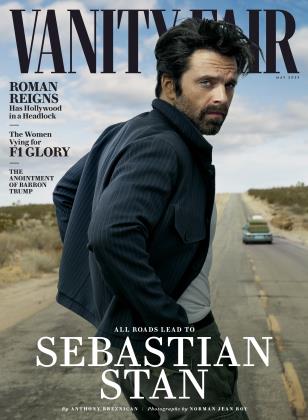Sign In to Your Account
Subscribers have complete access to the archive.
Sign In Not a Subscriber?Join NowVF’s royals correspondent reveals how she fought her own battle with cancer—while reporting on the Windsors’ diagnoses
MAY 2025 Katie NichollVF’s royals correspondent reveals how she fought her own battle with cancer—while reporting on the Windsors’ diagnoses
MAY 2025 Katie Nicholl View Full Issue
View Full Issue
Subscribers have complete access to the archive.
Sign In Not a Subscriber?Join Now